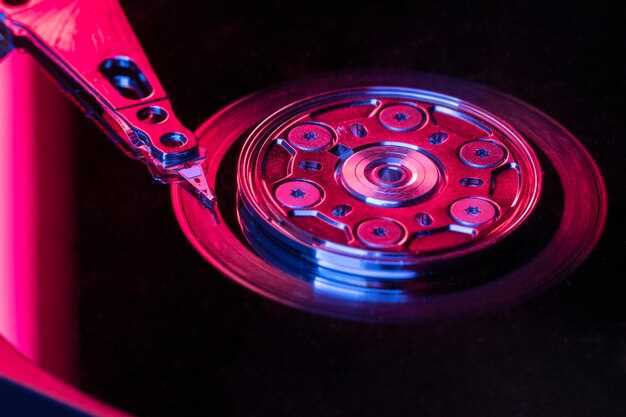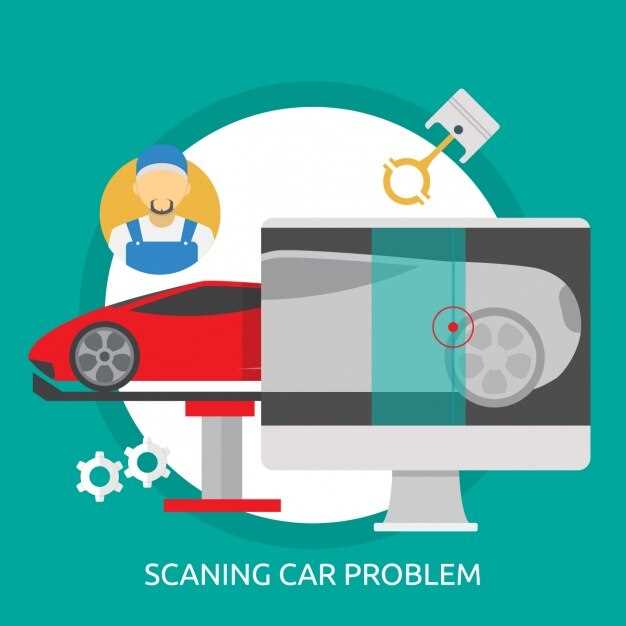
In the world of motorsport, maximizing vehicle performance is crucial to gaining a competitive edge. One of the most effective methods to enhance engine efficiency and power delivery is through ECU tuning. This process involves modifying the parameters set within the vehicle’s Engine Control Unit (ECU), allowing for a tailor-made driving experience that aligns with the specific demands of racing.
At the heart of ECU tuning is the practice of remapping, which adjusts the factory settings of the ECU to unlock additional performance potential. By altering fuel maps, ignition timings, and other critical variables, tuners can significantly optimize the engine’s output. This bespoke approach to engine management ensures that every component of the vehicle is working in harmony, ultimately leading to faster lap times and improved reliability on the track.
Additionally, reprogramming techniques have advanced considerably in recent years, allowing for a more nuanced approach to tuning. With the utilization of cutting-edge software and diagnostic tools, tuners can fine-tune specifics such as throttle response and boost levels. This meticulous attention to detail enables racers to achieve a level of performance that was once thought unattainable, transforming standard vehicles into high-octane competitors capable of excelling in the most demanding racing environments.
Understanding ECU Architecture for Optimized Remapping
The Engine Control Unit (ECU) is the brain of an automotive engine, playing a critical role in managing various functions related to performance and emissions. To achieve optimized performance through remapping, it’s essential to understand the underlying architecture of the ECU.
At its core, the ECU consists of several key components: the microcontroller, memory units, and input/output interfaces. The microcontroller processes sensor data and executes control algorithms to make real-time adjustments to fuel injection, ignition timing, and boost levels. Understanding its processing capabilities is vital for effective remapping.
Memory in the ECU is typically divided into Read-Only Memory (ROM), Random Access Memory (RAM), and Flash memory. The ROM houses the original calibration maps, while RAM is used for temporary data storage during operation. Flash memory allows for updates, making it crucial for remapping tasks. A proficient tuner must know how to navigate these memory types to make precise adjustments.
Another important aspect is the input/output interfaces, which connect the ECU to various sensors and actuators throughout the engine. These interfaces gather crucial data, such as air intake temperature, throttle position, and exhaust gas composition. A deep understanding of these inputs is required to effectively remap an ECU, ensuring that the new tuning values are both productive and safe for the engine.
Additionally, recognition of communication protocols–such as CAN (Controller Area Network) and K-Line–used for data transmission is imperative. These protocols define how the ECU interacts with other vehicle systems, and any remap must maintain compatibility to avoid operational issues.
In conclusion, a comprehensive understanding of ECU architecture is essential for successful remapping. By familiarizing yourself with the microcontroller functions, memory structures, data interfaces, and communication protocols, you will be better equipped to optimize your vehicle’s performance through precise tuning techniques.
Practical Steps for Safe ECU Reprogramming in Racing Applications

Reprogramming an ECU (Engine Control Unit) in racing applications demands careful attention to detail and a systematic approach to ensure safety and performance. Below are essential practical steps to follow:
1. Understand Your ECU: Before initiating any changes, familiarize yourself with the specific ECU model and its tuning capabilities. Consult the manufacturer’s documentation for details on its architecture and supported tuning parameters.
2. Back Up the Original Data: Always create a complete backup of the original ECU map. This stored data is crucial in case the reprogramming process goes wrong or if reverting to the stock configuration is necessary.
3. Use Reliable Tools: Invest in high-quality tuning software and hardware tools that are widely recognized in the racing community. Tools should support your specific ECU model and be capable of safely reading and writing data.
4. Establish a Safe Environment: Work in a controlled and safe environment free from distractions. Ensure that the vehicle’s battery is fully charged and connected, and use a dedicated power supply if necessary to prevent voltage drops during reprogramming.
5. Monitor Engine Parameters: While reprogramming, continuously monitor key engine parameters such as air-fuel ratios, temperature, and RPM. This will help catch any anomalies early in the tuning process.
6. Incremental Changes: Make small, incremental adjustments to tuning maps instead of large changes. This approach makes it easier to identify issues and ensures more stable performance during track testing.
7. Test on the Dyno: Once reprogramming is complete, conduct thorough testing on a dynamometer. This controlled environment allows for precise monitoring of power output, torque, and overall engine performance under various conditions.
8. Conduct Track Testing: After dyno testing, perform real-world track testing to evaluate the ECU changes in racing conditions. Document performance metrics carefully for future reference and refinement.
9. Stay Updated: Keep abreast of new tuning techniques, software updates, and firmware revisions. Joining forums and communities dedicated to ECU tuning will provide valuable insights and practical tips from experienced tuners.
10. Know the Rules: Ensure that any ECU modifications comply with the regulations governing your racing series. Being informed about legal boundaries will prevent disqualification and potential penalties.
By following these steps, tuners can safely and effectively reprogram ECUs, unlocking the full potential of racing vehicles while minimizing risks associated with performance modifications.
Analyzing Performance Gains After ECU Tuning Adjustments

After performing ECU tuning, specifically through remapping, it is crucial to analyze the performance gains to ensure that the adjustments have yielded tangible benefits. This analysis involves multiple parameters, including power output, torque delivery, throttle response, and fuel efficiency.
The first step in the evaluation process is to conduct a series of dynamometer tests. A dynamometer provides a controlled environment to measure the vehicle’s horsepower and torque before and after the remap. Comparing these figures allows for a clear understanding of how much power has been gained and at what RPM ranges the improvements are most noticeable.
Next, assessing throttle response is essential. Tuning can optimize the engine’s air-fuel mixture and ignition timing, resulting in a more immediate response to throttle inputs. Drivers should take the vehicle on a test drive to evaluate how quickly the engine reacts when accelerating. This subjective experience complements the objective dynamometer data.
Additionally, understanding the impact of ECU tuning on fuel efficiency is vital. A well-executed remap should, in many cases, lead to better fuel economy, especially at cruising speeds. It is beneficial to monitor fuel consumption over a defined distance or time frame to determine if there are any improvements in miles per gallon (MPG) or liters per 100 kilometers.
Furthermore, data logging tools enable drivers to capture real-time information about engine performance post-remap. Parameters such as air intake temperature, boost pressure (in turbocharged engines), and exhaust gas temperature can be analyzed to ensure the engine operates within safe limits. Any anomalies detected can guide further adjustments or calibrations.
Lastly, it is essential to keep track of vehicle stability and drivability after ECU tuning. Changes made to the engine can affect transmission behavior and overall vehicle handling characteristics. Ensuring that the vehicle remains stable during acceleration and retains smooth shifting patterns is crucial for performance and safety.
In conclusion, analyzing performance gains after ECU tuning adjustments requires a multifaceted approach. Utilizing dynamometer testing, subjective assessments, fuel efficiency monitoring, data logging, and ensuring overall vehicle stability provides a comprehensive picture of the benefits gained from the remap. This thorough analysis is fundamental for enthusiasts and racers aiming for optimal performance enhancements.











